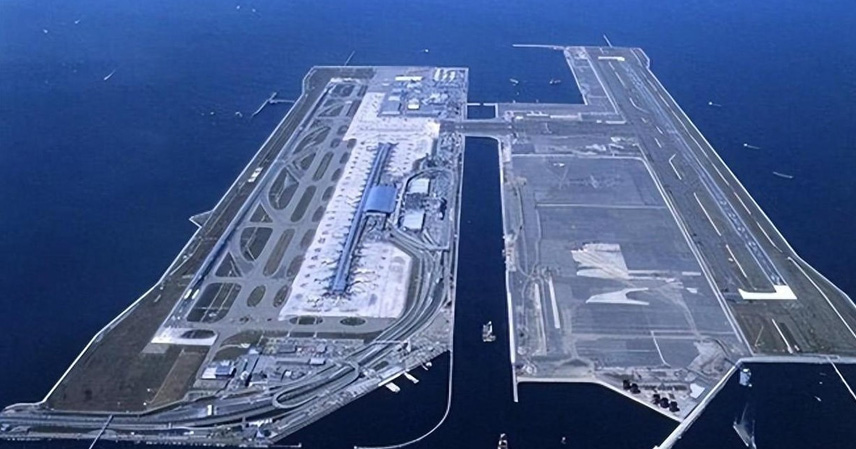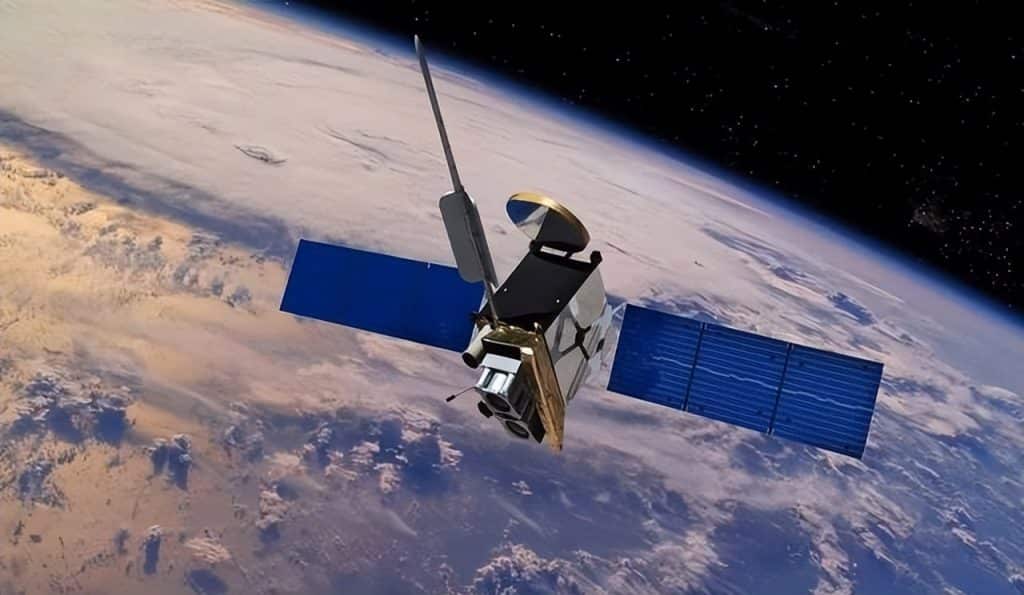In recent years, China has made remarkable breakthroughs in infrastructure construction, with offshore projects showcasing some of its most advanced capabilities. Among these,Dalian Jinzhouwan International Airport stands out as a global landmark.
With a total investment of 26.3 billion RMB and a land reclamation area of 30,000 mu (20 square kilometers), it is set to become the largest offshore airport in the world, surpassing both Japan’s Kansai International Airport and the United States’ Honolulu Airport.
The project is not only a response to the capacity limits of Dalian Zhoushuizi International Airport, but also a strategic initiative to position Dalian as a key hub in Northeast Asia and a vital part of the Belt and Road Initiative, fueling regional growth.

The World’s Largest Offshore Airport
The scale of Jinzhouwan Airport is unprecedented. Covering about 20 square kilometers, its reclaimed land far exceeds that of existing offshore airports worldwide.
Beyond size, its engineering complexity is equally impressive. Using state-of-the-art land reclamation technologies, engineers designed the project to withstand harsh marine conditions.
The airport will feature two parallel runways (3,600m and 3,400m) capable of handling the largest and heaviest aircraft globally, alongside a 550,000-square-meter terminal that emphasizes both modern functionality and passenger comfort.
Planned capacity includes:
- 43 million passengers annually
- 550,000 tons of cargo and mail
- 330,000 aircraft movements per year
Such figures firmly place Jinzhouwan among the top-tier global aviation hubs, reshaping international air traffic flows.

Overcoming Engineering Challenges
Building an airport at sea comes with enormous challenges: erosion, unstable geology, typhoons, and tidal shifts.
The project team tackled these by:
- Developing resilient steel bridge structures for stability
- Using marine-grade concrete and reinforced steel to resist corrosion
- Employing innovative offshore construction methods for safety and precision
Years of research and innovation allowed the team to resolve many technical difficulties, setting new standards for offshore mega-projects worldwide.
Strategic Significance for Dalian and Northeast Asia
Dalian has long been a gateway city for Northeast China, with economic and cultural ties to Japan, South Korea, and Russia. The new airport enhances this role dramatically.
- Within 3 hours’ flight, it connects to all major cities in Northeast China, Japan, and South Korea.
- Within 5 hours, it reaches Moscow and broader Northeast Asia.
This makes Jinzhouwan a regional hub with global reach, boosting trade, tourism, and connectivity across Northeast Asia.
At the same time, the project is a key Belt and Road node, supporting the China-Russia-Mongolia economic corridor and enhancing logistics and people-to-people exchanges.

Replacing Zhoushuizi and Meeting Future Demand
Dalian Zhoushuizi International Airport, once Northeast China’s hub, is now outdated and operating near capacity limits. Passenger traffic growth has far outpaced its expansion capabilities.
Jinzhouwan Airport not only fills this gap but also provides a future-proof solution, accommodating decades of growth in air travel and cargo demand.
Looking Ahead
While challenges such as environmental impact, storm resilience, and ecological balance remain, the project has already demonstrated China’s execution power and innovation capacity.
Once operational, Jinzhouwan will:
- Anchor Dalian as a global aviation hub
- Attract international airlines, especially from Japan, South Korea, and Russia
- Drive regional economic integration and trade flows
It represents not just a transportation project, but a strategic platform for China to enhance influence in global aviation and regional cooperation.
Conclusion
Dalian Jinzhouwan International Airport is more than just the world’s largest offshore airport—it is a symbol of China’s infrastructure ambition and technological strength.
By combining cutting-edge engineering with long-term strategic vision, the project will reshape the aviation landscape of Northeast Asia, provide new economic momentum for Dalian, and further integrate the region into global trade and travel networks.
As construction progresses, Jinzhouwan is poised to become a global aviation landmark and a new engine of growth for Northeast Asia.



